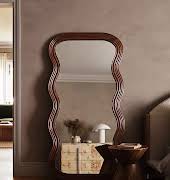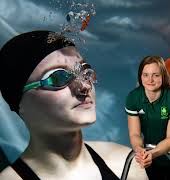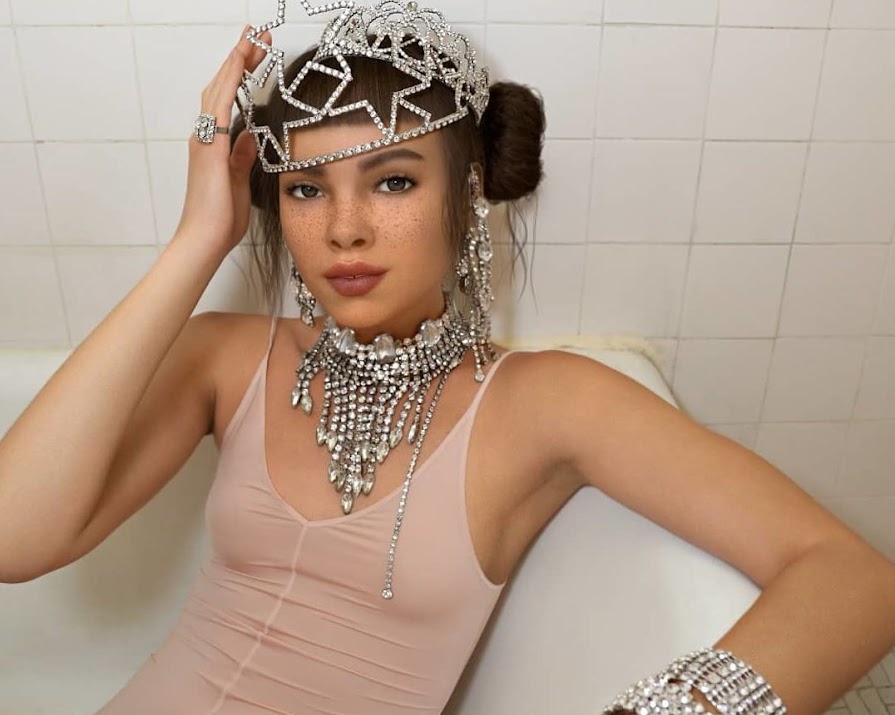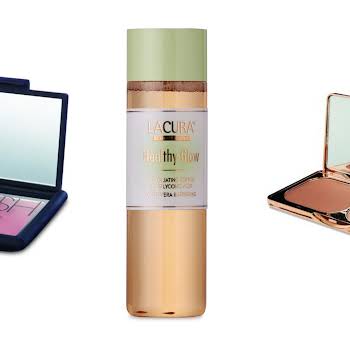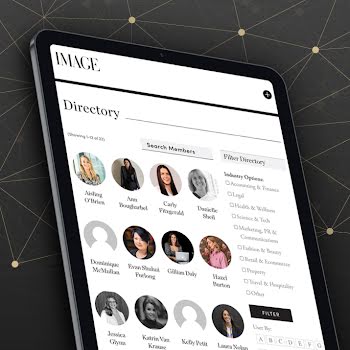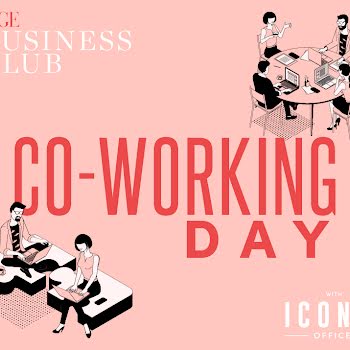The rise of the robots: how virtual influencers are taking over Instagram
By Hannah Hillyer
08th Aug 2019
08th Aug 2019
In a world of fake news, filters and Facetune, it’s hard to know what’s real and what’s not. Enter, the virtual influencers making the line between real and fake even more blurry…
If you’re a Twitter fiend like myself, you’ll notice that almost every day, an influencer is being called out for something shady they’ve shared online. It could be anything from completely Photoshopping their appearance, not labelling a post as an ad (when it clearly is) or even sharing a pitch deck with potential sponsors for their own ‘surprise engagement’ (that last one actually happened).
Related: The influencer’s viral marriage proposal that has everyone talking
But recently, we are seeing the rise of an even faker online culture in the form of ‘avatar influencers’. Yes, you read that correctly — these influencers aren’t even flesh and blood. Instead, they are CGI created and hours upon hours are spent refining each image posted on their feeds.
Who are they?
Perhaps the biggest and most talked-about virtual influencer is @lilmiquela who has 1.6 million followers on Instagram. She’s cute, with perfectly tousled space buns, full, pouty lips and a smattering of (CGI) freckles across her nose. Her style is a teenager’s dream, a devastatingly cool cross between Billie Eilish and Maisie Williams.
What’s strange about Lil Miquela’s popularity is that it wasn’t immediately apparent she was a virtual creation; her account was live for two years before she ‘officially’ addressed the fact that she wasn’t a real person. Instead, her feed reads like any cool 20-year old with a popular influencer account. To top it off, she has since released two songs, the process of which she has ‘documented’ on her Instagram over the past few months, with captions like, “Studio days are the best days […] Got some time to kill in between takes while my producer @rodaidh does producer things, so ~ ask me anything ???” and “Spent all day at the stu today and my heart grew 19 sizes?”.
Another example is model @shudu.gramm, who completely threw me when I first came across her Instagram page. It wasn’t until I looked at her bio which reads “The World’s First Digital Supermodel” that I realised she was another CGI creation. Shudu has worked with magazines, collaborated with brands like Ellesse and has 181k followers on Instagram.
When real is fake and fake is real
When it comes to ‘real’ influencers (as in the flesh and blood variety), so much time goes into making a post look perfect, creating the illusion of a flawless and unattainable lifestyle. The flip-side of this is where it gets really interesting.
These avatar influencers are trying so hard to be perceived as ‘real’. They (or rather, the digital masterminds behind them) are desperate to have their followers relate to and engage with them by being as ‘authentic’ as possible — using slang, going out for ‘lunch with friends’, talking about their feelings and down days.
If we have real influencers having fake lunches, and pretending their lives are perfect, are we living in a world where a robot is doing a better job at showing Instagram an authentic life than real people?
The model Shudu’s Instagram page is less creepily obsessed with appearing ‘real’. As an editorial ‘model’, Shudu’s life is already unattainable — something to look at rather than aspire to. But Lil Miquela’s page is deliberately curated in a way that makes her appear like an everyday 20-year-old in the public eye. The fake sincerity just doesn’t quite sit right; it feels slightly creepy seeing her describe herself as a ‘robot’ on one post and being embarrassed about ‘spilling nachos’ on herself in the next.
Why brands love them
Brands collaborating with influencers is nothing new, but now they are flocking to partner with these virtual ‘It Girls’. Calvin Klein, Samsung and The Met are just some of the major names who have collaborated with Lil Miquela so far. Granted, she has a big following and this reach is what brands are looking for when spending their advertising budget. But can there be many other benefits of working with someone who isn’t real?
Well, for starters, these influencers have no need to eat, sleep or take time off. They won’t go on a political rant that could be potentially damaging to a brand’s image. They won’t have too many shots of tequila and begin an Instagram live at 2 am. They won’t start a Twitter argument with random strangers.
Lil Miquela, however, has posted her support of keeping abortion safe and legal in America after the recent rollback of reproductive rights there, but this would have been a strategy that was discussed at length first; not a spontaneous outburst of raw feelings. Her political ‘opinions’ are more than likely included when sending advertising decks to brands, as an appeal to the demographic the brand is targeting.
When it comes to modelling their looks, they are even more stress-free. They don’t gain weight, get wrinkles or grey hairs. They are the true definition of the term ‘supermodel’ as they are completely ageless. Their ability to be moulded into exactly what a brand and consumer want is their only true talent.
What does this mean for the future of influencers?
With the longevity of influencers already up for debate at the moment, especially since Instagram have started trialling the removal of seeing likes on a post, perhaps this is something else that could damage this millennial career choice. Could human Instagrammers be completely replaced with a truly fake influencer?
Down the line, it could well lead to brands creating their own bespoke virtual influencers which would specifically promote the products they sell. How would this conflict with the gradually stricter advertising rules on social platforms?
The uncanny valley
There is something unsettling about scrolling through these profiles; something that doesn’t feel quite right. This feeling is described as ‘the uncanny valley’ and is defined by Commadot as “the phenomenon whereby a computer-generated figure or humanoid robot bearing a near-identical resemblance to a human being arouses a sense of unease or revulsion in the person viewing it.”
The human eye can detect that these figures are not real, but with the rise of extremely edited, Facetuned and Photoshopped images of bodies becoming the norm, will this always be so? Did people really think that Lil Miquela was real and had just heavily edited her selfies?
The real question here is knowing where to draw the line. With the majority of these virtual influencers being female, it is further feeding into societies vision of beauty. Both influencers mentioned here were created by men, which alludes to something more sinister. In a market that is already saturated with images of women that are airbrushed, tweaked and filtered, it’s now going one step further to achieve perfection, leaving real women out of the equation altogether.
For me, I’ll be curating an Instagram feed of funny, intelligent and interesting women and leave the robots behind. I’d prefer to stick to something more tangible.
Header image: @lilmiquela
Read more: Hidden Illness: ‘A lot of people discount it and say it’s all in my head’
Read more: Keep your friends close: the best friendships can be lifesaving
Read more: The startling rise of the narcissist and how to recognise the signs





